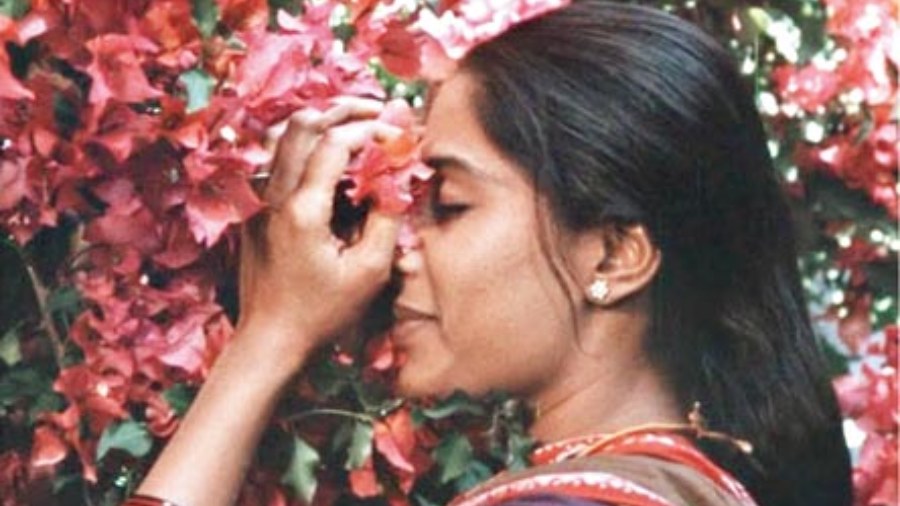In Chidambaram, the men and women are always trying to find their place in their surroundings. The men either try to capture images of the beauty that the hills and flowers have to offer, or use it as a means of revenue and income. The women have a more romantic inclination — enamoured by its colourful roses that bloom only for a day. Still, that one day is to be spend in truly appreciating its unmatched beauty. Nature in Chidambaram is akin to Eden, untouched and pure, dreamlike and sublime. When a woman tries to express how beautiful the flowers looked, the man only says she shouldn’t be there. Some parts are to be left untouched. Among nature’s purity and abundance is humankind, trying to salvage in some way or other.
Adapted from CV Shriraman’s short story, Chidambaram tells a tightly wound, contextually precise tale set in the Nilgiris. Yet, with the primary focus mainly on three character-actors, the late Malayalam director G. Aravindan turns it into a mirror for larger questions of guilt, corruption and salvation. Muniyadi (Sreenivasan) works as a residential labour in the farm, feeding the cows, taking care of the fields. He works for Shankaran (Bharath Gopi), who is the estate manager and amateur photographer. The master-slave dynamic is in perfect harmony, as set up in the scene where Muniyadi sits on the floor and sings praises of his master. He can even give his life for him. Only when Muniyadi brings a wife (Smita Patil as Shivagami) that the order is shaken by gusts of desire and lust.
Released in 1985, Chidambaram is perhaps the director’s most detached and non-surreal work. There are no thematic and tonal shifts here, rather the scenes have a deciphering sense of composition. Cinematographer Shaji N. Karun (who would himself turn into a director in the later years) fills each frame in Chidambaram with a symmetrical, almost rational sense of form and structure. Notice how the dialogues are never given prominence in scenes involving household chores, where the characters carry on with their daily routine in casual abandon. There’s a beautiful sequence when Shivagami arrives at Muniyadi’s house, and the camera lingers quietly on the way she dusts off the corridor, makes tea, and washes the utensils afterwards. She makes the new place her home, and adjusts to its sights and sounds — walking around the long stretches of fields, basking in the smell of the roses. Her life-force represents the fertility of nature around her, which also makes way for inevitable corruption that is filled in every element of nature.
This is where Shankaran first spots her, walking down the streets. The next time, she runs away fearing a confrontation. Eventually, they form a bond— she gives a letter to him, where he helps in writing the address of her hometown in Tamil. Yet as their mutual admiration grows, the scenes grow shorter and the shifts, more vehement. Chidambaram allows the doomed affair to play out behind the screen, yet its shadow lingers quietly on the closeups. By the time the next long sequence arrives, the tragedy has occurred. In a long eight-minute sequence, we see Shankaran in the same spot in his room, this time without Muniyadi. His silence, claustrophobic and oppressive, fills the screen. Is there any escape? How can he redeem himself?
Chidambaram then spans out in the climax to reveal the last time the characters meet again. It occurs in the titular temple, where the camera locates a lost and desparate Shankaran chasing salvation from his past deeds. The deliberate open-endedness gives way for a deceptively modernist take on the spiritually numbing human existence, from where there is no escape or resolve. Chidambaram holds that haunting, anguished look at the mysteries of the human existence; what defines us, who we are in relation to each other. In its wordless, visually astute cinematic language, Aravindan leaves the viewer wanting more.
